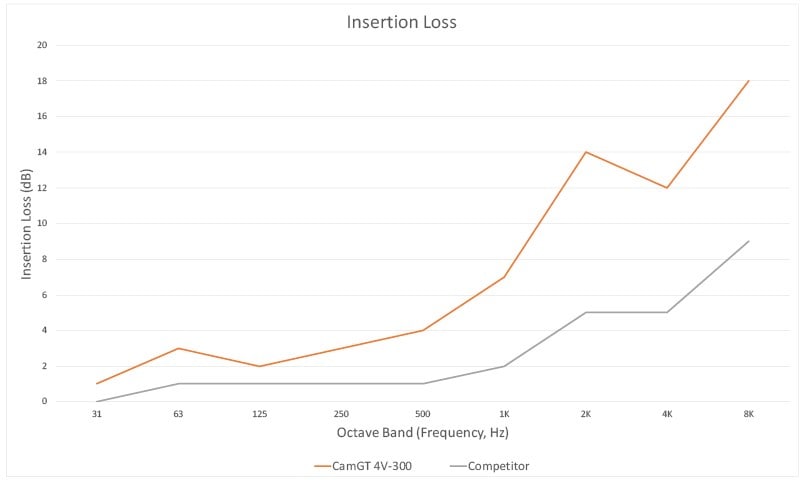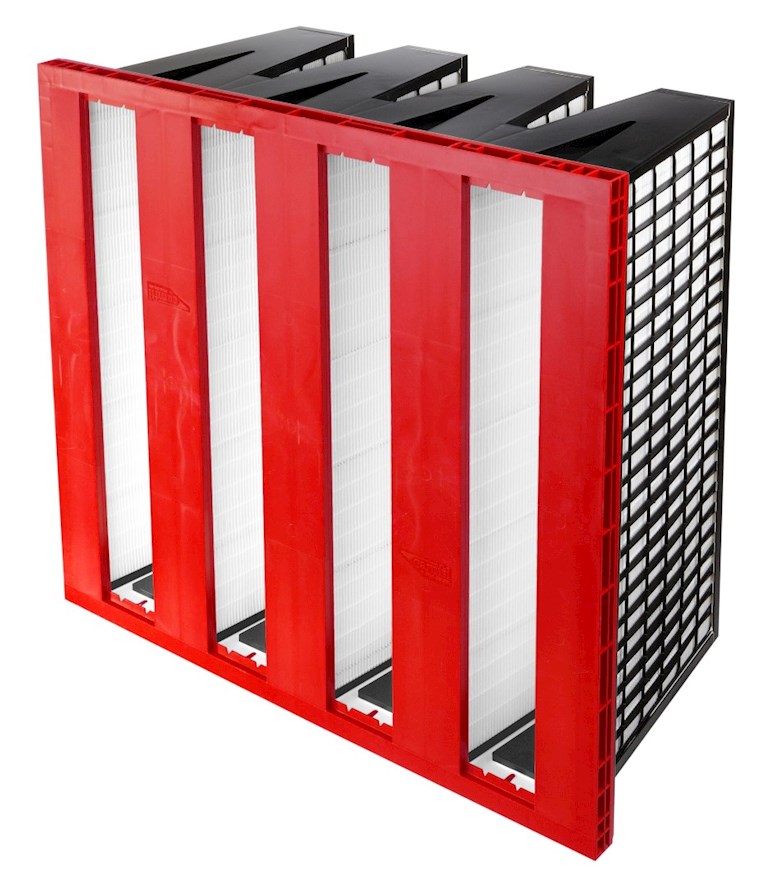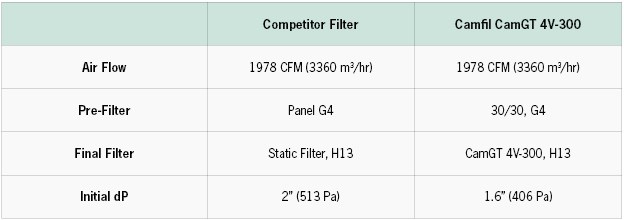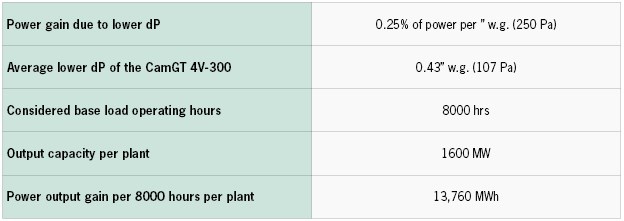The leading independent energy producer in Thailand operate gas turbine combined cycle power plants with an output of 1600MW each, with four M701F4 gas turbines, two steam turbines, and six generators.
Output capacity is sold to the Electricity Generating Authority of Thailand (EGAT) under a long-term supply agreement.
Noise complaints from neighboring communities prompted the plants to evaluate a noise-reducing filtration system.
Plant A is located in the Ayutthaya Province and is approximately 70km north of Bangkok, whereas Plant B is located 25km north of Plant A in the Saraburi Province. Both locations experience high humidity with an annual mean temperature of 36oC (97oF). Seasonal burning of rice straw by rice farmers to prepare for the next harvest season pose an unavoidable filtration challenge.
The original filtration solution was a 2-stage configuration with a G4 efficiency prefilter and an H13 efficiency final filter. Due to the size of the gas turbines and proximity to the community nearby, the local government requested an Environmental Impact Assessment (EIA) by a third party on noise generation of the original MHI-recommended air intake system. The system passed the noise requirements, however, both plants eventually replaced their final filters with a local competitor‘s H13 filters. After replacement, the noise level increase became noticeable and disturbed the surrounding community and operators working nearby. As a result, the client needed a new H13 filter but with acoustical testing as a requirement before purchase.
In 2016, Plant A had issues with short prefilter life. Camfil won the bid to supply a 1,248 pieces of their 30/30 G4 pre-filters for two of their gas turbines. The filter life lasted for more than 8 months, outlasting the original filter life by a factor of two. This resulted in higher profitability due to fewer filter purchases and labor requirements for filter replacement. Subsequent to the success of the pre-filter stage at Plant A, Camfil was asked to bid on H13 efficiency final filters to solve the noise issues.
Camfil’s acoustical engineering team performed an analysis to explain the sound insertion loss of Camfil’s CamGT 4V-300, H13 efficiency final filters (per EN1822) at different frequencies when compared to the existing competitor H13 filters. Figure 1 shows that the CamGT 4V-300 has a higher sound insertion loss throughout each frequency. Further, the CamGT reduces noise by 4dBA in excess of the local competitor filter. An increase of 3dBA means double the noise. A 4dBA improvement means that the CamGT filter has over twice the noise reduction in apparent sound as compared to the competitor filter.

Camfil was awarded the contract due to proven product quality and performance, the efforts of the sales team, and the measures taken to provide the optimal solution through analysis, testing, and reporting.
The CamGT 4V-300 filter performed well on the noise test due to its four solid v-banks. The structural mass helps to improve acoustical properties by reducing noise from passing through the filter. Since the competitor filter is constructed with only a deep pleated media pack, the sound attenuation is limited. As this media has very little mass it stops very little sound. The strong structural elements of the CamGT 4V-300 makes it acoustically superior. Further, Table 1 shows that by upgrading to the CamGT 4V-300, initial pressure drop (dP) improved by 14%. Generally, 1” (25mm) of dP (250 Pa) impacts the combined cycle power output negatively by approximately 0.25% when running full load. For the plants, Table 2 shows that an improvement of 107 Pa translates into an additional 13,760 MWh per plant when running base load (8000 hours).


